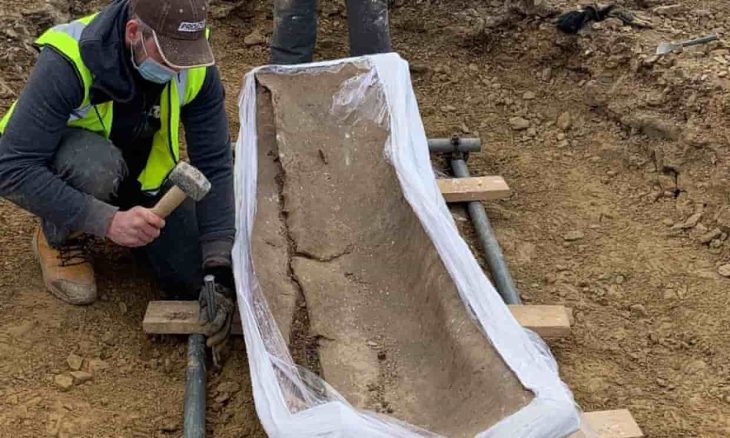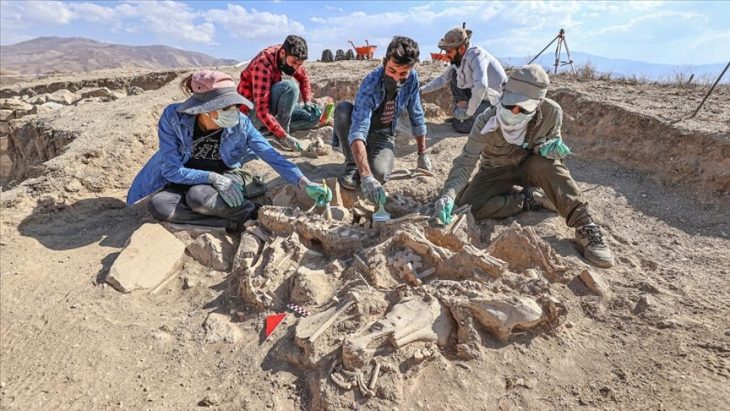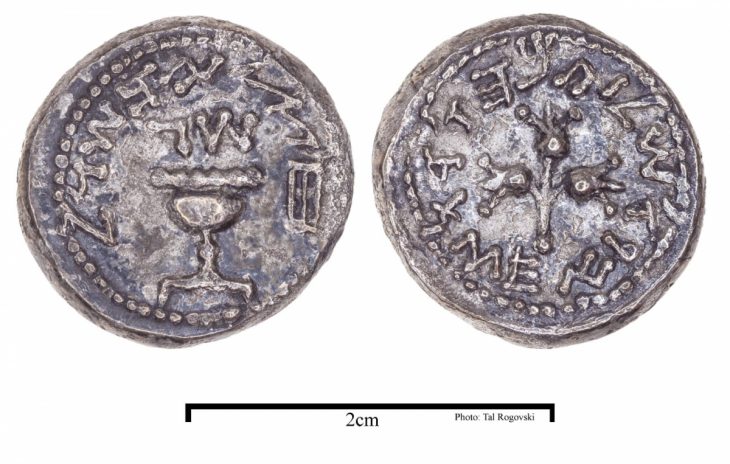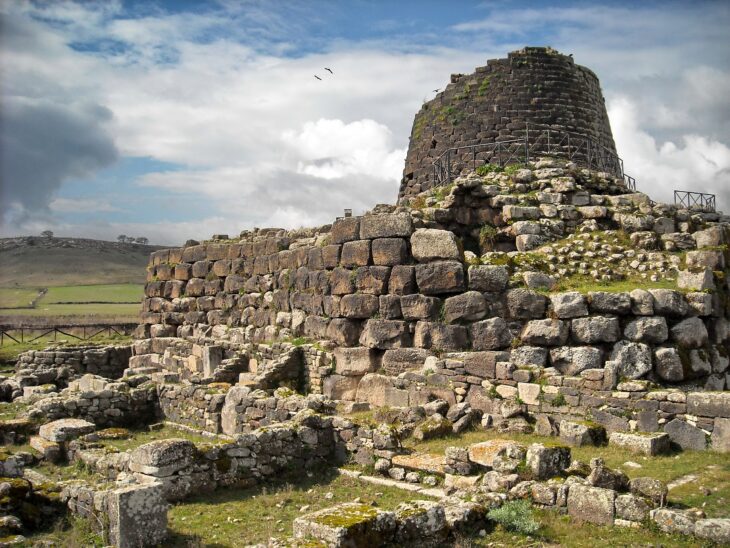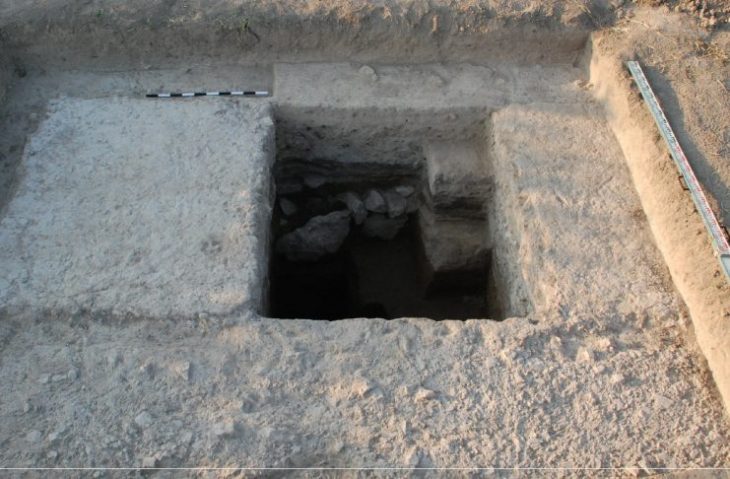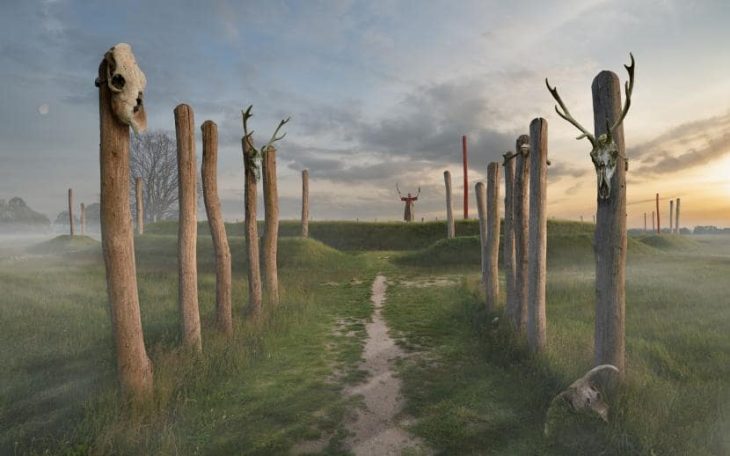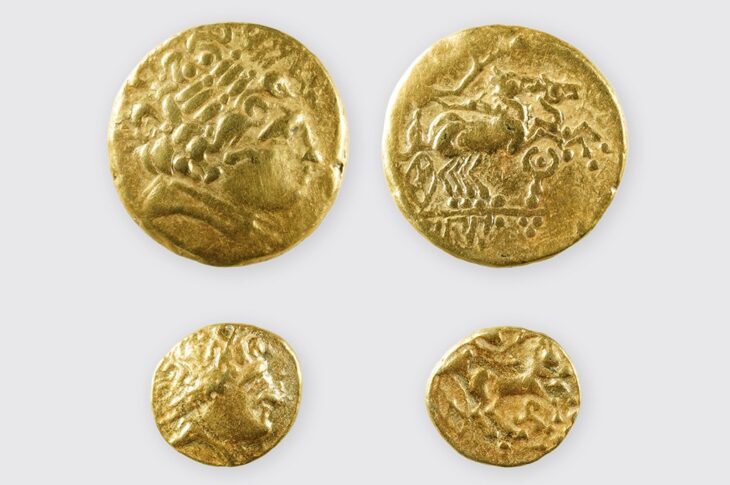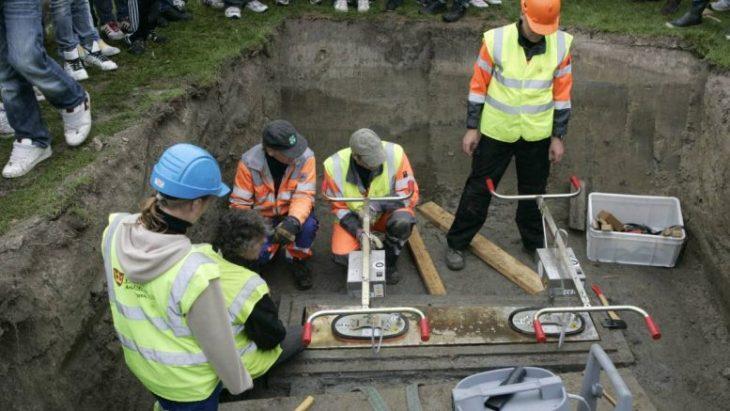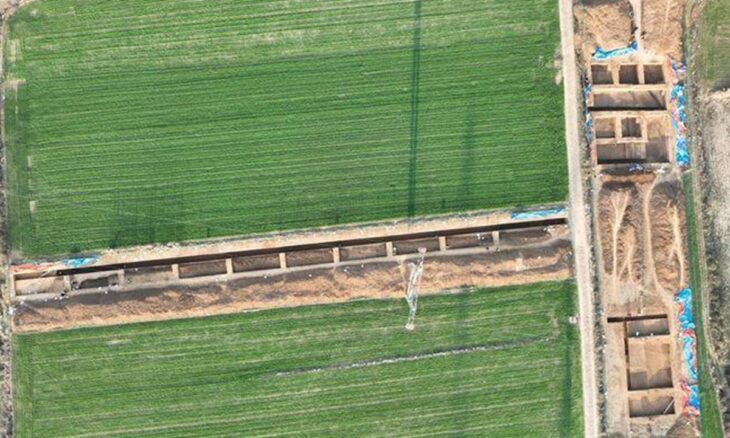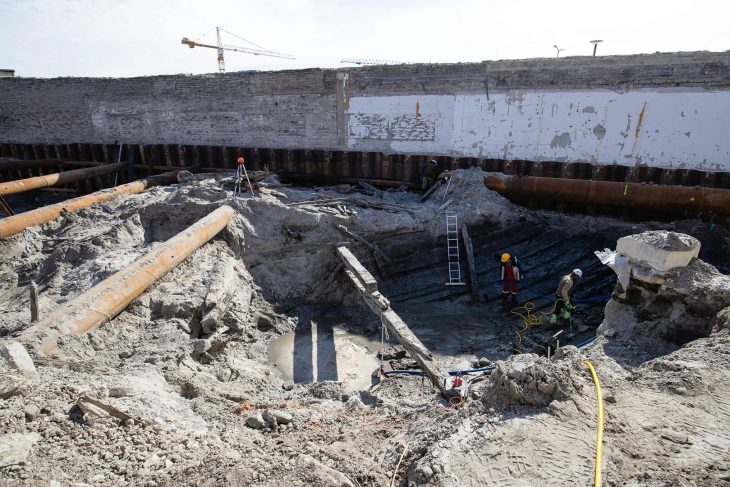A 7th-century ancient synagogue has been found in Side, a resort town on Turkey’s Mediterranean coast.
The synagogue found was evaluated as the first find belonging to the Jews known to have lived in this region.
The synagogue was discovered recently in the town of Side, not far from the popular tourist destination of Antalya.
Among the remains was a plaque with a menorah motif and an inscription in Hebrew and Greek stating that it was donated by a father in honor of a son who passed away at 2.5 years old son. The plaque ends with the Hebrew word “Shalom.”
The town was home to Jews for centuries, but until this discovery, there was little evidence of Jewish life there beyond a few records from the late Byzantine period.
📣 Our WhatsApp channel is now LIVE! Stay up-to-date with the latest news and updates, just click here to follow us on WhatsApp and never miss a thing!!

That year was “a turning point for Side in terms of research and conservation,” said Professor Feriştah Alanyali, an archeologist from Anadolu University who is leading the excavations, according to the Gazete Duvar. “Many works have been done that could not be done until now.”
Professor Feriştah Alanyalı said that there is an inscription in the middle of the Synagogue and that it says ‘Joseph from Korekesion (from Alanya) dedicated it to his son Daniel’.

Side, in ancient times it was an important Mediterranean port city, adopting Greek culture after its conquest by Alexander the Great in 333 B.C. It maintained a Greek identity until it was abandoned in the 12th century after the conquest of Anatolia by the Seljuk Turks.
The city was repopulated by Turkish Muslim immigrants from Crete towards the end of the 19th century, and had a construction boom throughout the 20th century, due to the increase of tourism in the Antalya region.
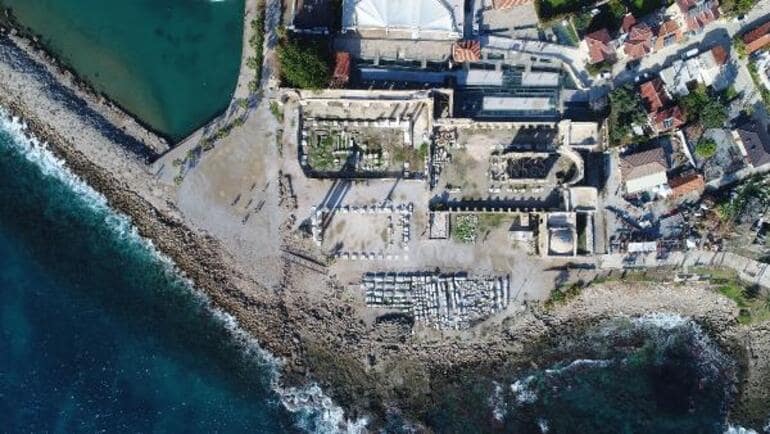
It was that unrestrained construction that obscured most of ancient Side’s remains, including the synagogue, which was discovered beneath an old home.
Archaeological excavations in Side, one of the important port cities of ancient Pamphylia and home to many civilizations, gained momentum when the archaeological excavations were transformed from a 1st-degree site to an urban and 3rd-degree archaeological site in 2014.
With the demolition of illegal structures in the region, historical structures began to be unearthed one by one.


